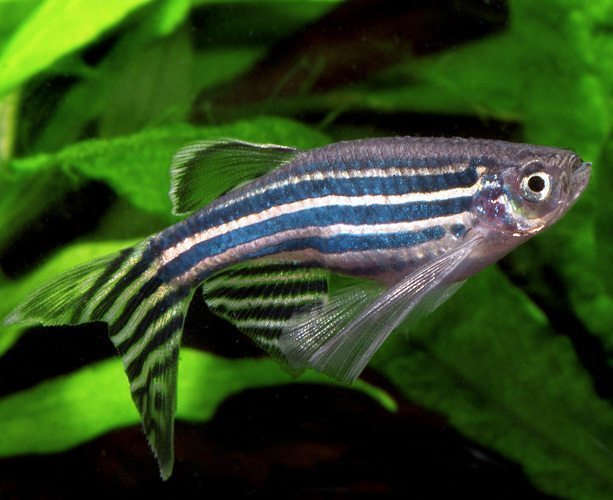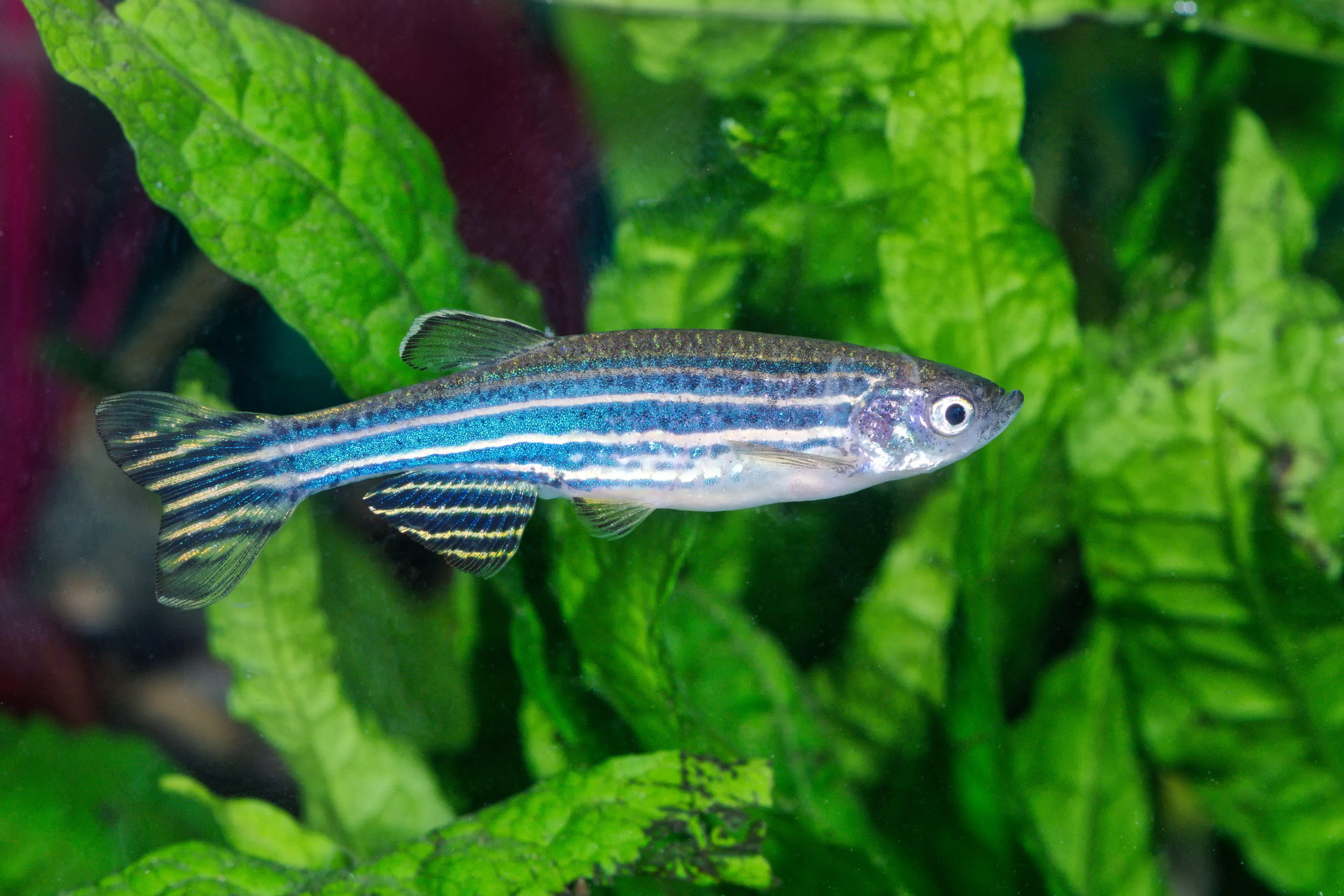

The same case is true when you keep them in a tank with conditions similar to those found in the wild. This means that they can withstand a wide temperature range in their natural habitat. Zebrafish are categorized as eurythermal. Zebrafish ideal water temperature ranges between 64 – 75 ☏ (17-24 ☌), but zebra danios can easily adapt to a wide range of tank water conditions. Meaning that Zebrafish can survive in different environmental conditions. Alternatively, they can thrive in verged areas consisting of rocky substrates with overhanging branched cover. Most of their natural habitats consist of sandy or silty bottomed rice paddies with lush green vegetation.

However, these fish are found in different habitats, ranging from streams to slow-moving rivers and seasonally flooded ponds/pools to rice pads. Zebrafish are generally surface dwellers and will do just fine in moving waters. During the summer months, these fish can withstand temperatures of up to 82 degrees Fahrenheit, although this drops in winter. In the wild, the zebra danio is adapted to tropical and subtropical temperatures. They can still do well in the tank environment with a water-heater. Zebrafish are hardy and can withstand a wide range of temperatures not to mention different climatic conditions.

You can easily recognize them from their distinctive striped back and white patterns running parallel with each other across the body. This fish species is also easy to care for in addition to being prolific breeders and excellent egg layers to breed. That is why they are among the most favorite fish for hobbyists, both beginners and experienced. The zebrafish is a perfect addition to a colorful community fish, thanks to their different color variations. Populations of the zebra danio have been recorded in countries like Myanmar, India, Nepal, Bangladesh, and Pakistan. They belong to the Cyprinidae family and have a wide distribution in central Asia. The zebrafish is an excellent beginner fish because of its hardiness. As an Amazon Associate we earn from qualifying purchases. Lead has previously been implicated in skeletal deformities in second and third generation Brook trout, Salvelinus fontinalis.This page may contain affiliate links, which will earn us a commission. The analysis did show, however, a relationship between the lead content of the diet and the incidence of deformities. Analysis of the diets showed no deficiency in either ascorbic acid (Vitamin C) or tryptophan, deficiency of either being associated with scoliosis and lordosis in fish. The results demonstrate that a dietary factor is responsible for the deformities and that the Zebra Danio is especially susceptible to this factor as other species breed normally when fed the same commercial diet. A third brood of fish fed exclusively on live food did not develop any deformity. Two broods bred using two commercially available tropical flaked foods developed severe spinal curvature three to six weeks post-hatching.

This condition appears related to diet and has been studied by breeding from different broods of fish for three generations. Laboratory bred Zebra Danio ( Brachydanio rerio, Hamilton-Buchanan) tropical fish are prone to skeletal deformities resembling scoliosis and lordosis.


 0 kommentar(er)
0 kommentar(er)
